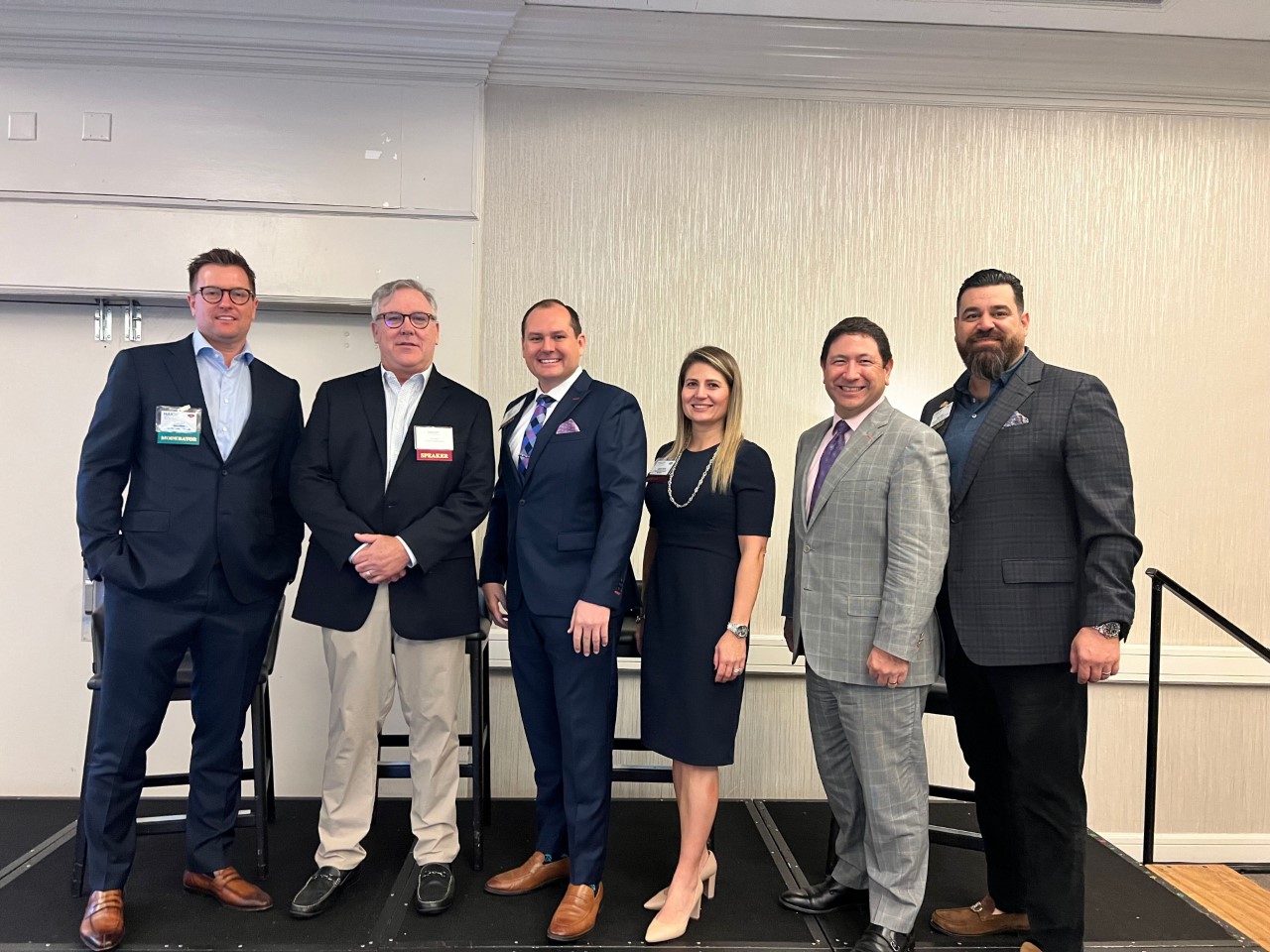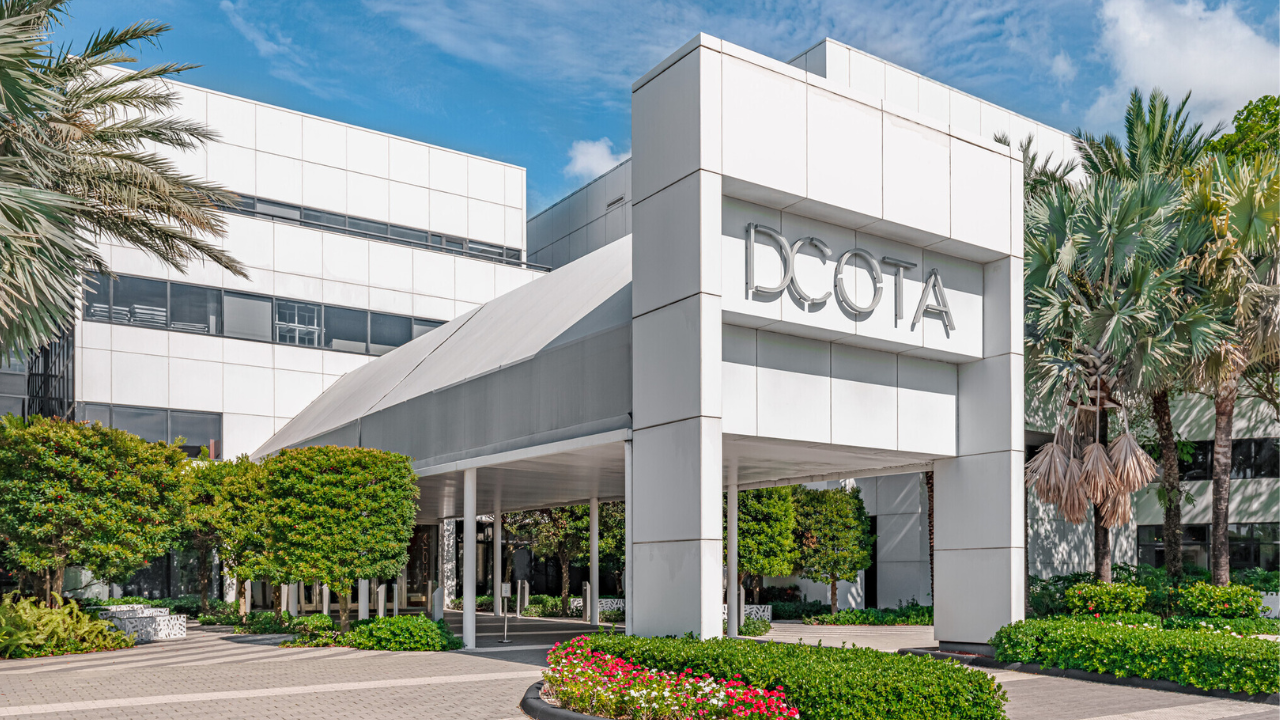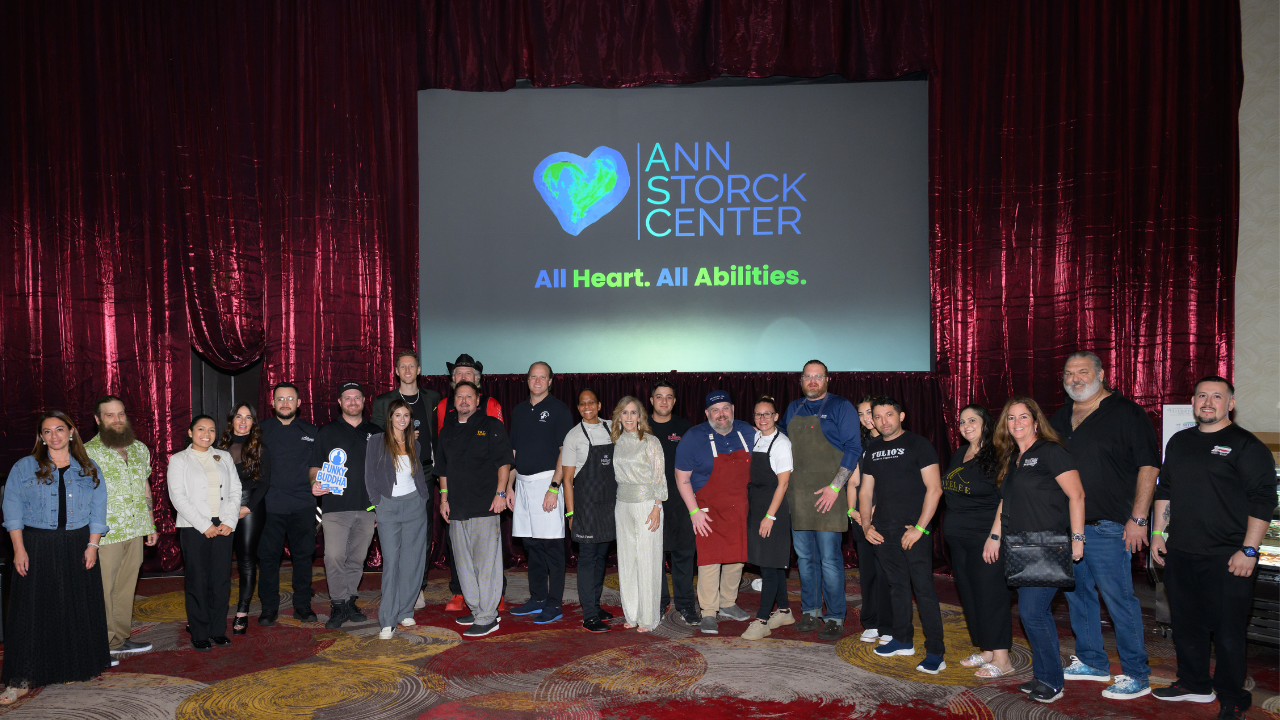NAIOP South Florida recently hosted its annual economic outlook panel to gauge the economic forecast for 2023. Marcus & Millichap and Risk Strategies hosted the event and the panel of commercial real estate professionals included John Chang, Senior Vice President and National Director of Marcus & Millichap, Chronos Underwriters Chief Executive Officer and President John Allen, Property Tax FirstPointe Advisors Managing Partner Brian DePotter and Itasca Construction Associates Vice President Sandra Pabon. Marcus & Millichap Senior Vice President and past NAIOP President Ryan Nee served as moderator.
“There are many benefits of being a member of NAIOP South Florida, from continued education to networking to career advancement,” Jules R. Morgan says, Executive Director of NAIOP South Florida, a Commercial Real Estate Development Association. “This annual panel discussion is always an important one because it sets the tone for the entire year ahead and brings together some of the brightest and most well-informed minds in the industry to share their views with our members of how economic conditions will impact their business.”
During the discussion, the industry insiders shared their perspectives on whether the U.S. economy will slip into a recession in 2023. The consensus was considerably more favorable than many predicted for 2023. Still, speakers also emphasized the “Florida factor,” which describes the continued influx of people to the state as a primary reason for continued regional employment and economic growth.
“In 2022, Florida came in first across the United States in terms of population growth,” Chang says. “Overall, we’ve added 4.5 million jobs, the unemployment rate is at a 50-year low, there are 10.5 million job openings, wages are up 4.6%, retail sales are up 3%, and the 10-year treasury yield is at 3.5%. Those are solid numbers, and while interest rates have placed our industry into a stall, we seem to be leaning more towards ‘slowcession,’ than an actual recession, and here in South Florida, it may not even be noticed.”
Another highly debated topic the panel delved into was related to insurance market forecasts and rate hikes.
“The Florida insurance market is in a perfect storm right now, with carriers refusing to write business here, but the state has been doing a tremendous job getting in front of the legal issues to curb the problem,” Allen says. “We are hoping that in the absence of a major hurricane or world crisis similar to the war in Ukraine, and with a reduction in inflation, Florida’s attractiveness will improve, and prices will eventually begin to come back down.”
Understanding America’s labor shortage across all sectors and why workforce participation remains below pre-pandemic levels was also particularly interesting to attendees.
“We have more than four million open jobs without employees to fill them, which is due in part to several factors including early retirement of the baby boomer generation brought on by the pandemic, dual income families opting to move out of the urban core so that one family member can stay home and care for children, continued fears of COVID and a significant drop in immigrant workers relocating to the United States,” Chang says. “Prior to 2016, we welcomed more than 1.2 million immigrant workers each year, and by 2020 that number had dropped to 20,000 people.”
For more information about NAIOP South Florida and upcoming events, visit naiopsfl.org.














